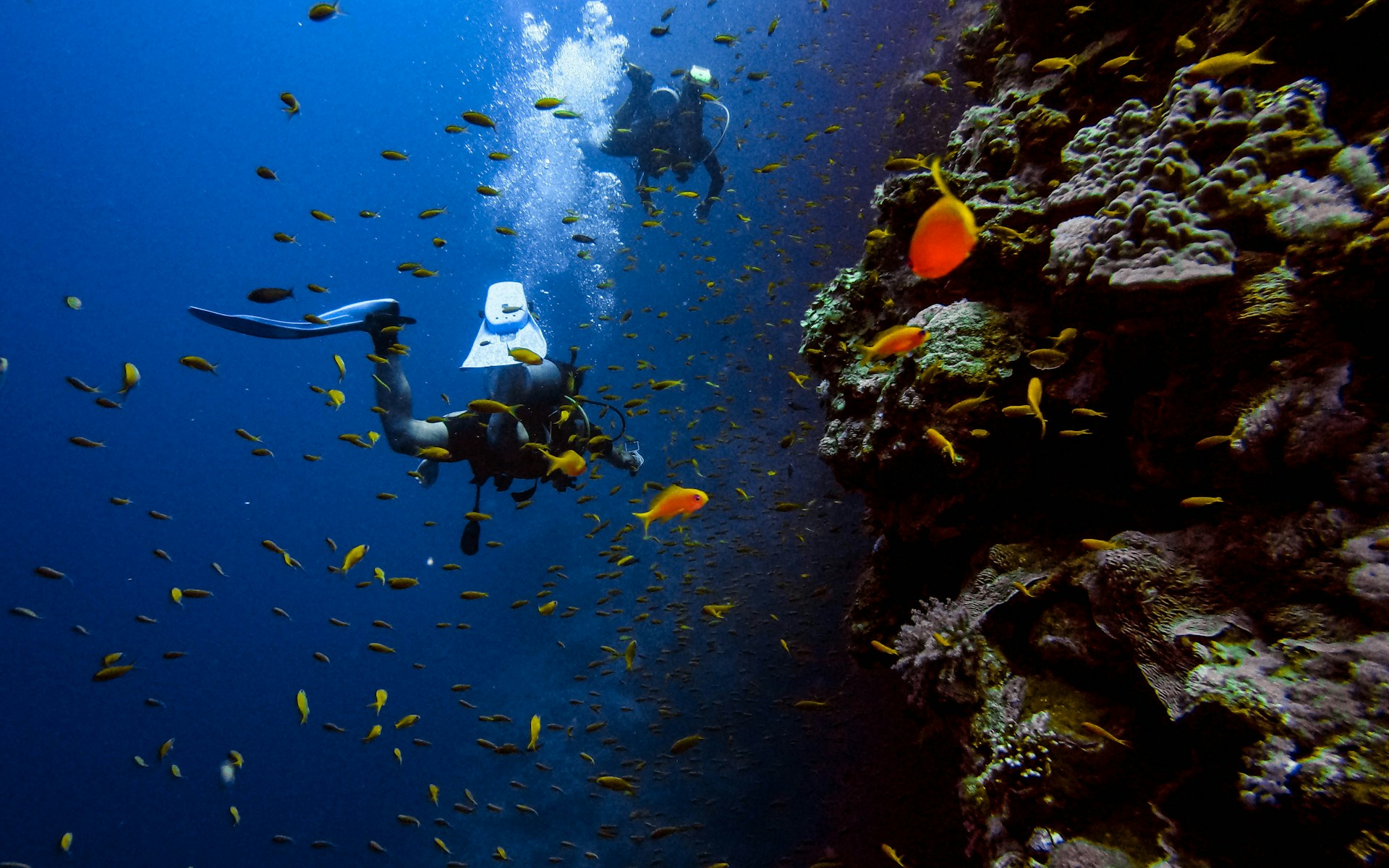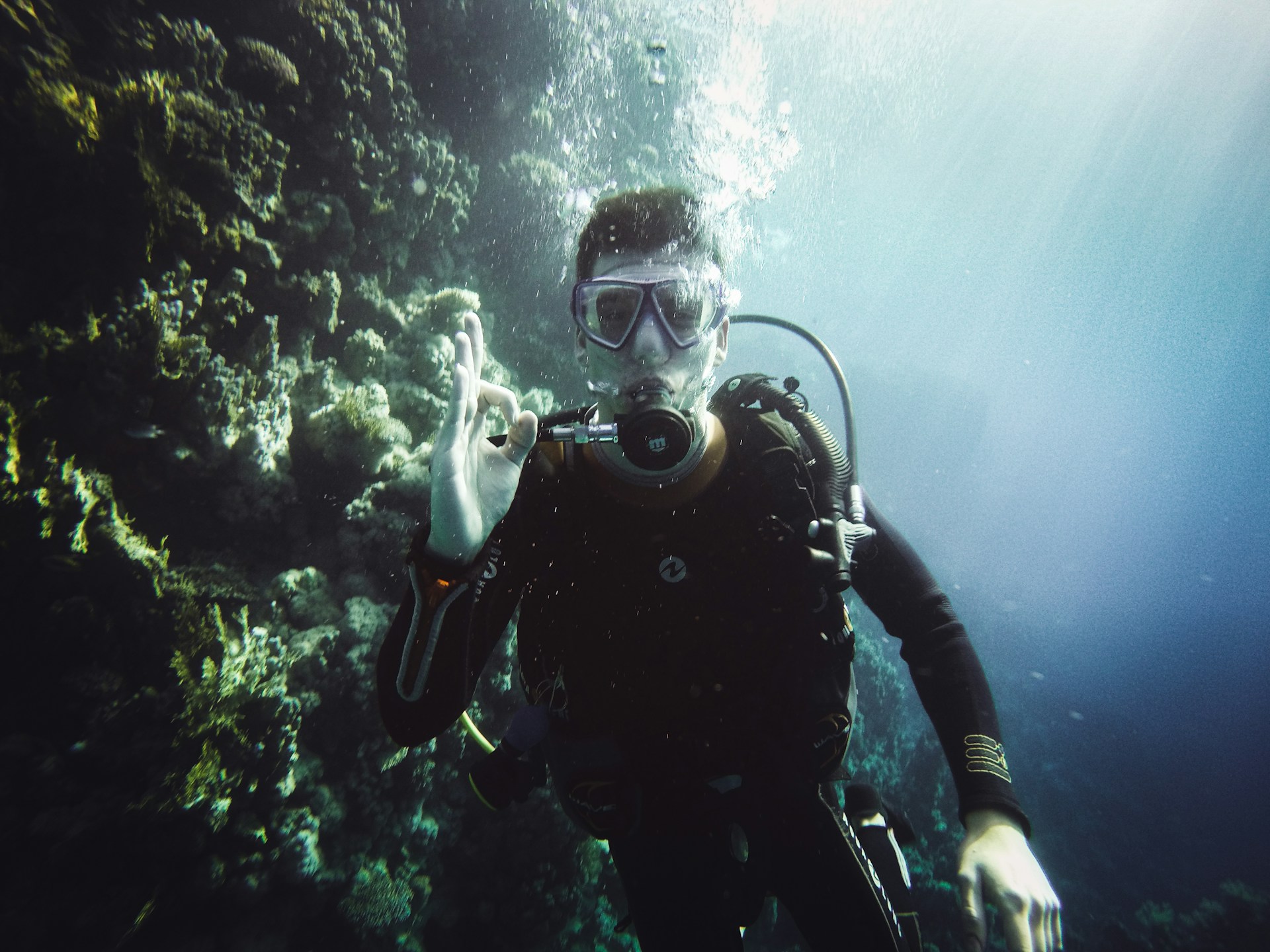For decades, scuba divers have relied on a limited set of hand gestures to communicate underwater. This method, while functional for basic messages, proves highly restrictive when detailed information needs to be conveyed quickly. Recognizing this limitation, French company 52 Hertz has developed a groundbreaking device that enables clear, real-time voice communication for divers, leveraging artificial intelligence and bone conduction technology. The project, known as MER-CURE, is notably one of the innovations funded by the French Defense Innovation Agency (AID), which is connected to the Ministry of Armed Forces.
A Technological Leap in Mouthpiece Design
The device, named Talky-Divy, is engineered to seamlessly integrate with a diver’s standard equipment. According to 52 Hertz, the core innovation lies in a specially designed mouthpiece that replaces the one on a typical scuba regulator. This advanced mouthpiece is embedded with bone conduction earpieces. Instead of transmitting sound through the air to the ears, the technology sends vibrations through the user’s teeth and jawbone directly to the inner ear. This allows the diver to hear clearly without any earpieces.
Simultaneously, a microphone is integrated into the unit to capture the diver’s voice and breath. “These components are over-molded into an innovative rigid structure, ensuring they stay in place and enhancing their performance,” states 52 Hertz. This mouthpiece is connected by a cable to a waterproof case that houses the communication module, the AI algorithm, and the battery.
AI-Powered Vocal Clarity
The primary challenge of speaking underwater with a regulator is the significant distortion of the voice. 52 Hertz has addressed this with two key innovations. First, the mouthpiece was ergonomically redesigned to facilitate clearer diction. Second, and most critically, the company developed a powerful AI algorithm to enhance vocal intelligibility.
As a diver speaks, the algorithm processes the sound signal in real-time. It identifies and corrects the specific frequencies that are degraded by the mouthpiece and the aquatic environment. According to the Brittany-based startup, the AI automatically filters out distortions and reconstructs the sound, making the diver’s voice natural and clear to others using the device. This system can be used for communication between divers or with a surface module.
Enhancing Diver Safety and Experience
Gabriel Guerche, the co-founder and CEO of 52 Hertz, highlights the current limitations of underwater communication. “Today in diving, we communicate with a panel of about twenty signs, which allow you to say the bare minimum,” he explains. “Vocal communication is not at all widespread, even though some systems exist, they are not common in diving.”
The introduction of Talky-Divy aims to dramatically change this. “From a safety perspective, it’s about being able to inform others of imminent dangers,” Guerche notes. Beyond safety, the device opens up new possibilities for recreational and professional diving. “There is also the aspect for the general public and leisure—the fun part and the desire to make a dive more educational and more pleasant.” The ability to provide real-time instruction or simply share the excitement of a discovery promises to revolutionize the underwater experience. Supported by a partnership with the French research institute Ifremer and a successful round of fundraising, 52 Hertz is targeting a commercial release for Talky-Divy in 2026.


